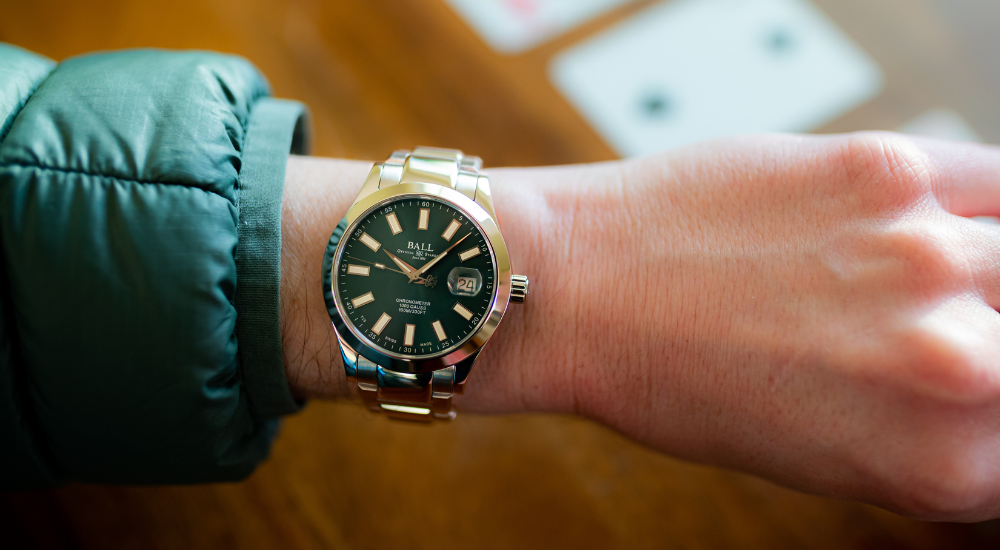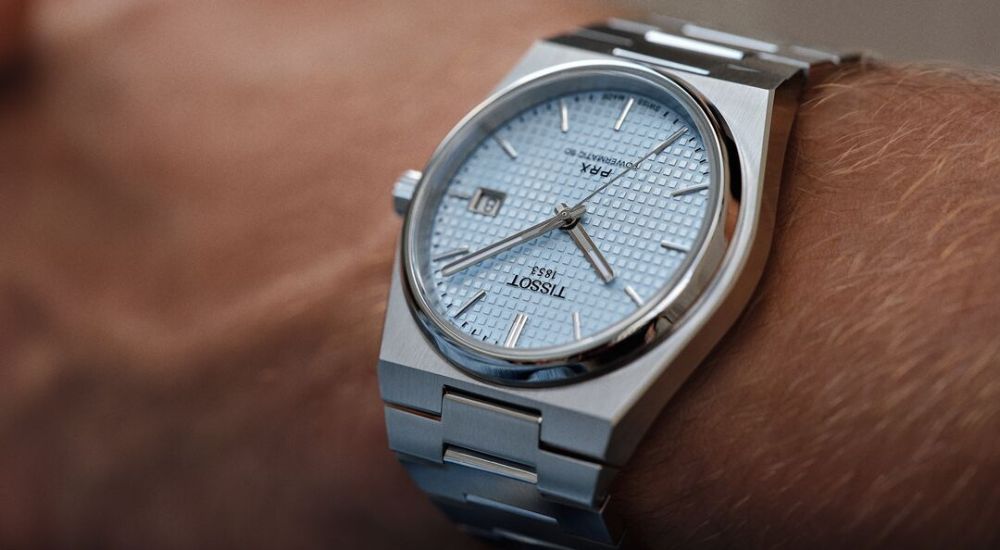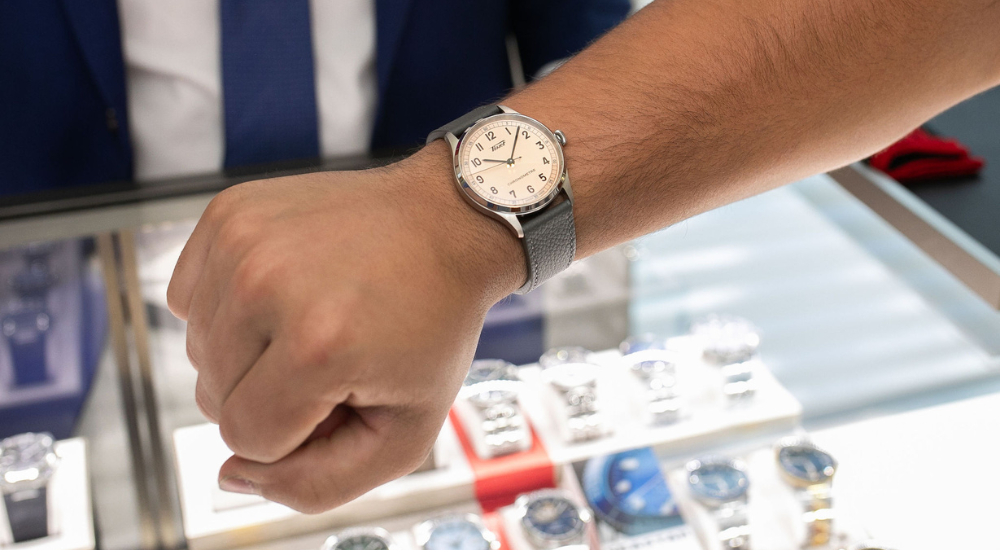The Difference Between a Watch and a Timepiece

Understanding the Difference Between a Watch and a Timepiece
For those new to the watch-collecting world, there is a word that causes much consternation: timepiece. To some, it drips of pretension, belonging to a world of suit wearers who overuse it for self-aggrandizement. Others are merely confused, their excitement about their new piece marred by a slight self-consciousness regarding a word that seems obvious but isn't. Let's take a quick moment to focus on this word, clarify its meaning, and dispel myths.
Simply put, every timepiece is a watch, but few watches are timepieces. A timepiece refers to a watch of a particular build or make that distinguishes it as heirloom quality. This can come from many factors, including movement style, the manufacturer's heritage, or limited nature. For example, almost all Swiss-manufactured manual watches are considered timepieces. Their manual nature and Swiss provenance set them apart. Conversely, potentially a little controversially, some limited edition G-Shock pieces are considered timepieces despite their lower price tag and Quartz movement. Their value is derived from unique design, limited availability, and brand name.
With no formal definition, our recommended standard is this: If your piece is more to you than just a temporary tool to tell time, it is a timepiece. A timepiece's value is in its relationship with its wearer. Whether a piece was passed down for generations, purchased to commemorate a special occasion, or merely caught your eye but now plays a central role in your wardrobe, it is a timepiece because you make it so.



